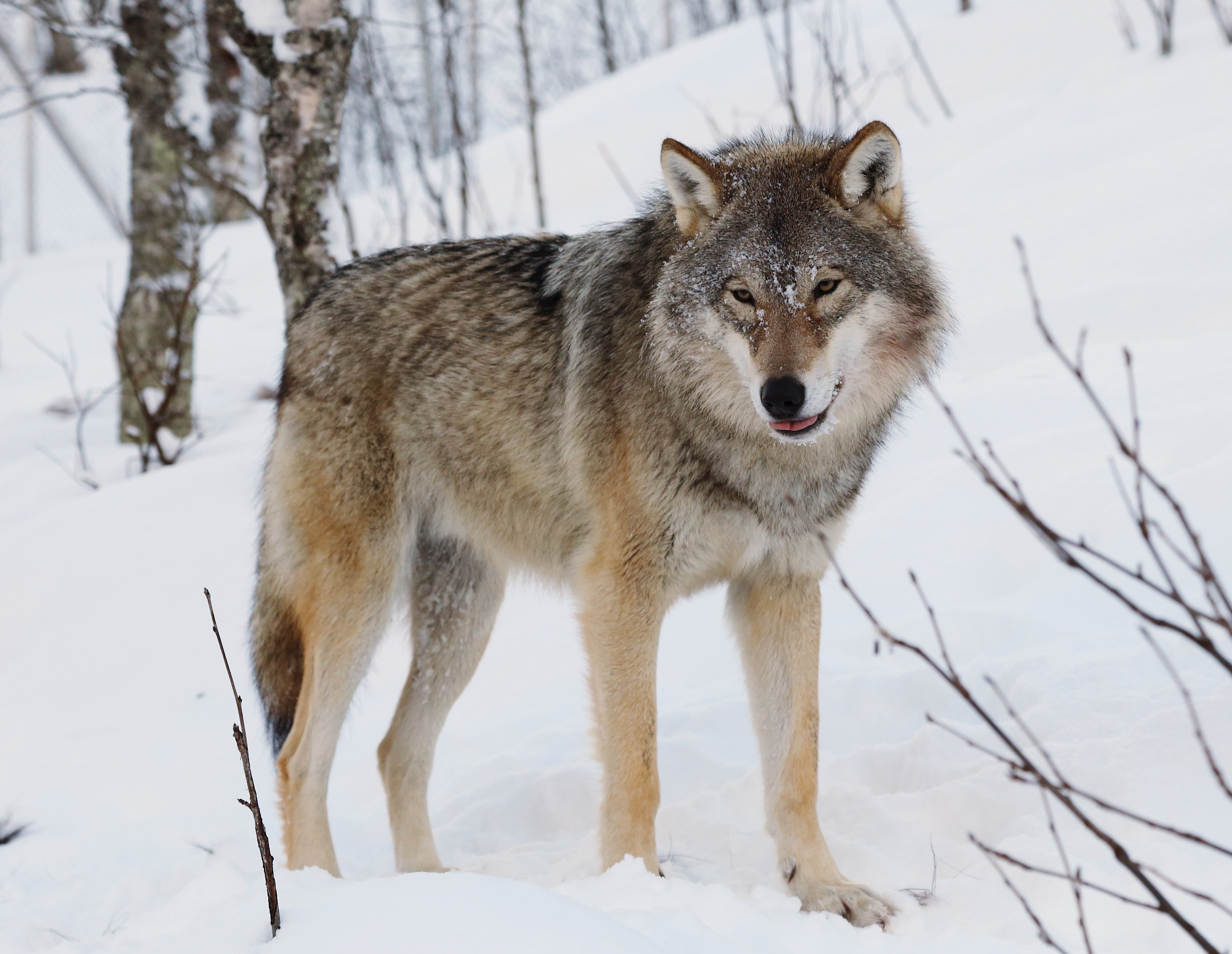Exploring the Mystique of Wolves: Guardians of the Wild

Wolves, with their haunting howls and enigmatic presence, have long captured the human imagination. Revered as symbols of wilderness and strength, these apex predators play vital roles in ecosystems around the world. In this article, we delve into the intricate lives of wolves, examining their behaviors, social structures, and ecological significance.

Wolves, members of the Canidae family, are highly adaptable carnivores found in a variety of habitats, from forests and tundras to deserts and grasslands. Renowned for their keen intelligence and complex social structures, wolves are formidable hunters capable of bringing down prey much larger than themselves. Their efficient pack hunting strategies and cooperative behaviors ensure the survival of the group and contribute to the balance of their ecosystems.

At the heart of wolf society lies the pack, a tightly-knit family unit governed by intricate hierarchies and bonds. Packs typically consist of an alpha pair, their offspring, and sometimes other subordinate members. The alpha pair, often the strongest and most experienced individuals, lead the pack in hunting, territory defense, and decision-making. Within the pack, each member plays a specialized role, contributing to the overall success and cohesion of the group.

Communication is essential in wolf society, with individuals utilizing a diverse array of vocalizations, body language, and scent marking to convey information and maintain social order. The iconic howl of the wolf serves multiple purposes, including territorial defense, coordinating hunts, and rallying pack members. Additionally, subtle cues such as tail posture, ear position, and facial expressions play crucial roles in signaling dominance, submission, and intent.

Wolves are keystone species, exerting profound influences on the structure and function of ecosystems. By controlling prey populations, wolves help prevent overgrazing and maintain the health of plant communities. Their presence also cascades through food webs, benefiting scavengers, carrion feeders, and even plant species. Moreover, research suggests that reintroducing wolves to certain areas can have positive ripple effects, restoring balance and biodiversity to degraded habitats.
/https://tf-cmsv2-smithsonianmag-media.s3.amazonaws.com/filer/b2/9e/b29edee7-c3b1-4dc1-a278-e3ea4290d31d/gettyimages-1184378069_web.jpg)
Despite their ecological significance, wolves face numerous threats, including habitat loss, human persecution, and conflicts with livestock owners. Misconceptions and fear have fueled centuries of persecution, leading to the extirpation of wolves from many parts of their historical range. Conservation efforts aimed at protecting and restoring wolf populations often encounter resistance from local communities and stakeholders, highlighting the complex socio-political dynamics surrounding wolf conservation.

Wolves embody the untamed spirit of the wilderness, serving as both symbols of fear and reverence. As we strive to coexist with these magnificent creatures, it is essential to recognize their intrinsic value and ecological importance. By fostering greater understanding, empathy, and stewardship, we can ensure that wolves continue to roam the landscapes they call home, enriching our lives and the natural world around us.



